HALIFAXHOPS
Senior Member
That looks great, but I don't know how I would prime it. Any ideas?
It is self priming up to around 10'

That looks great, but I don't know how I would prime it. Any ideas?
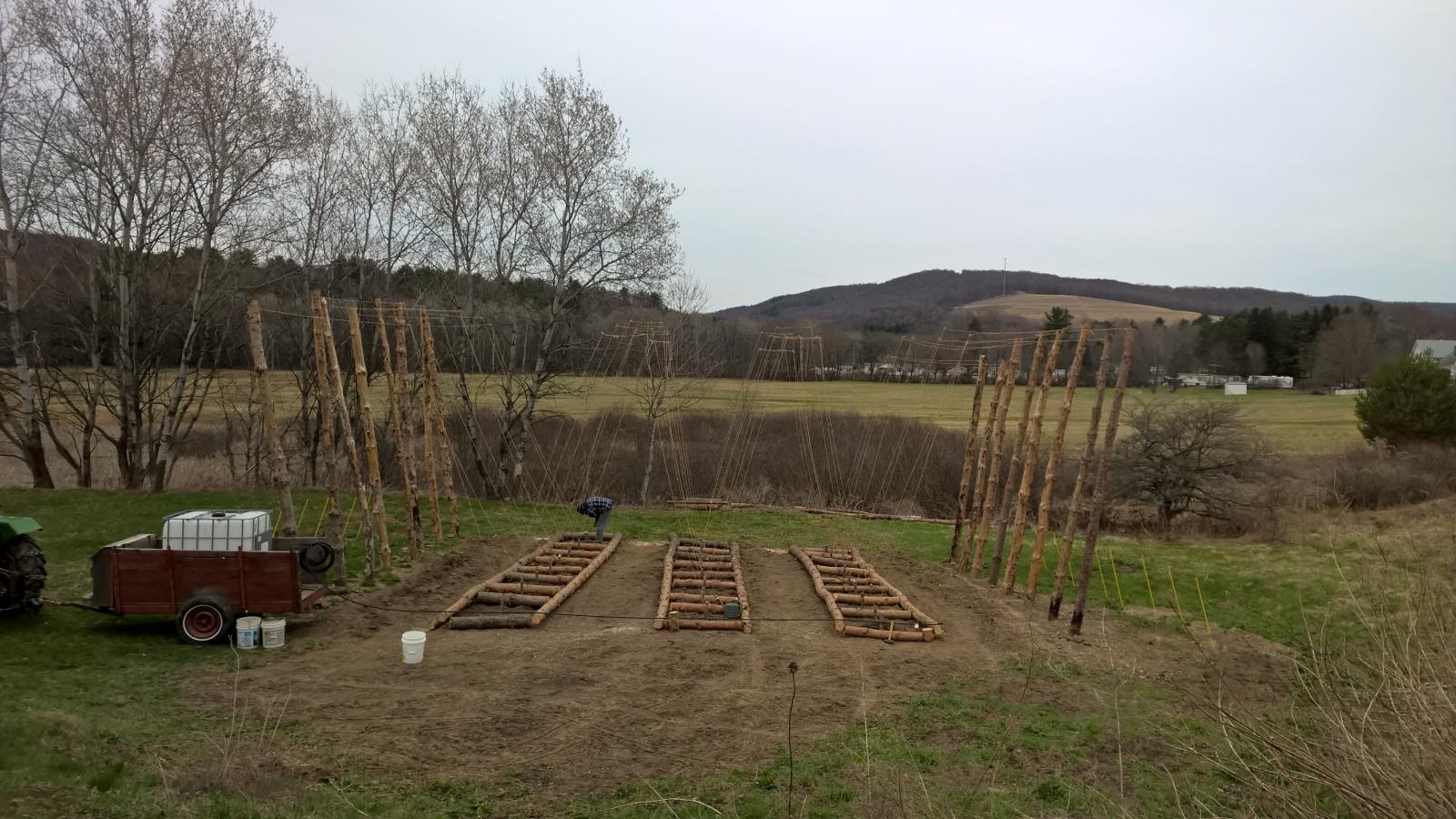

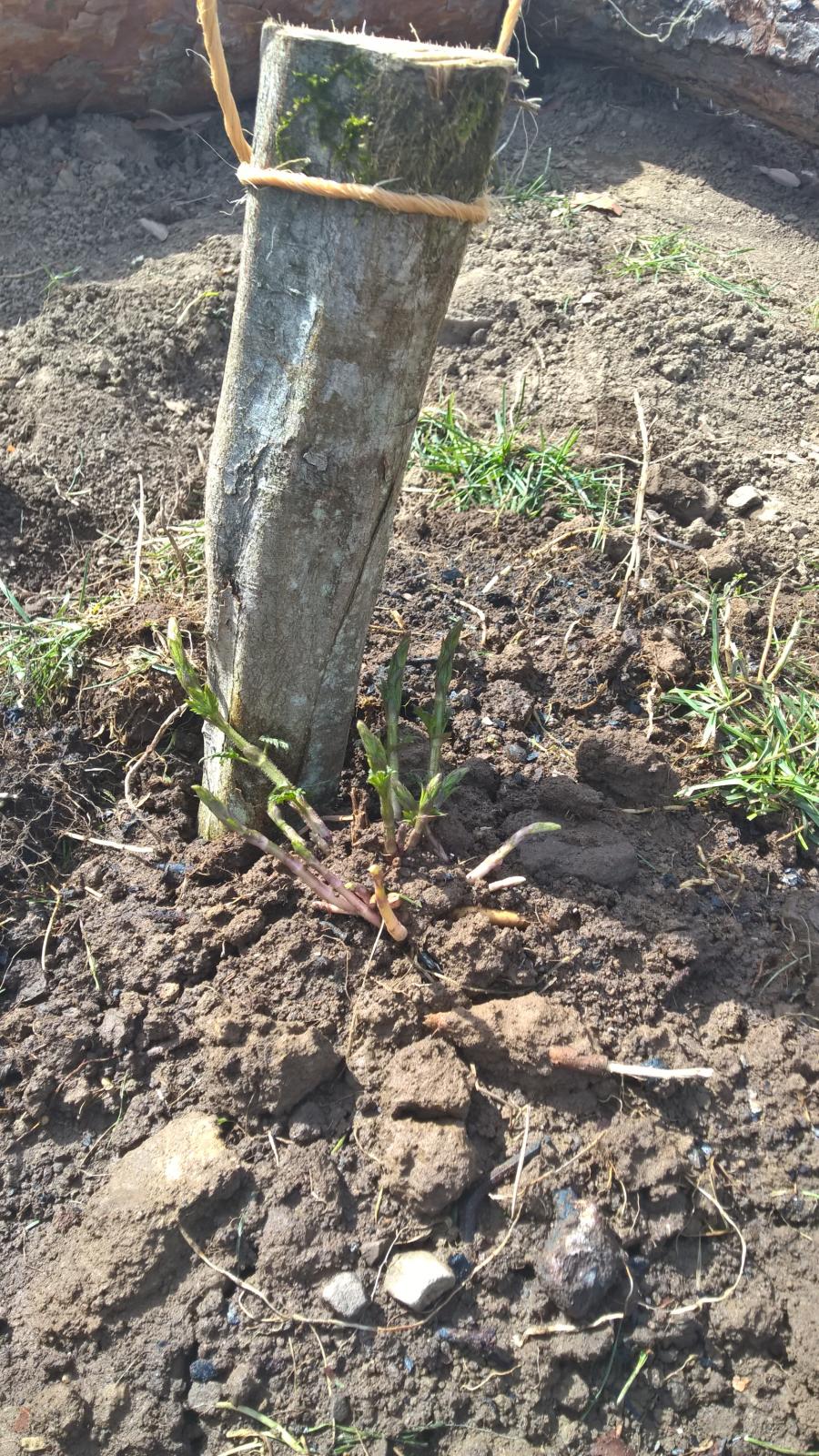
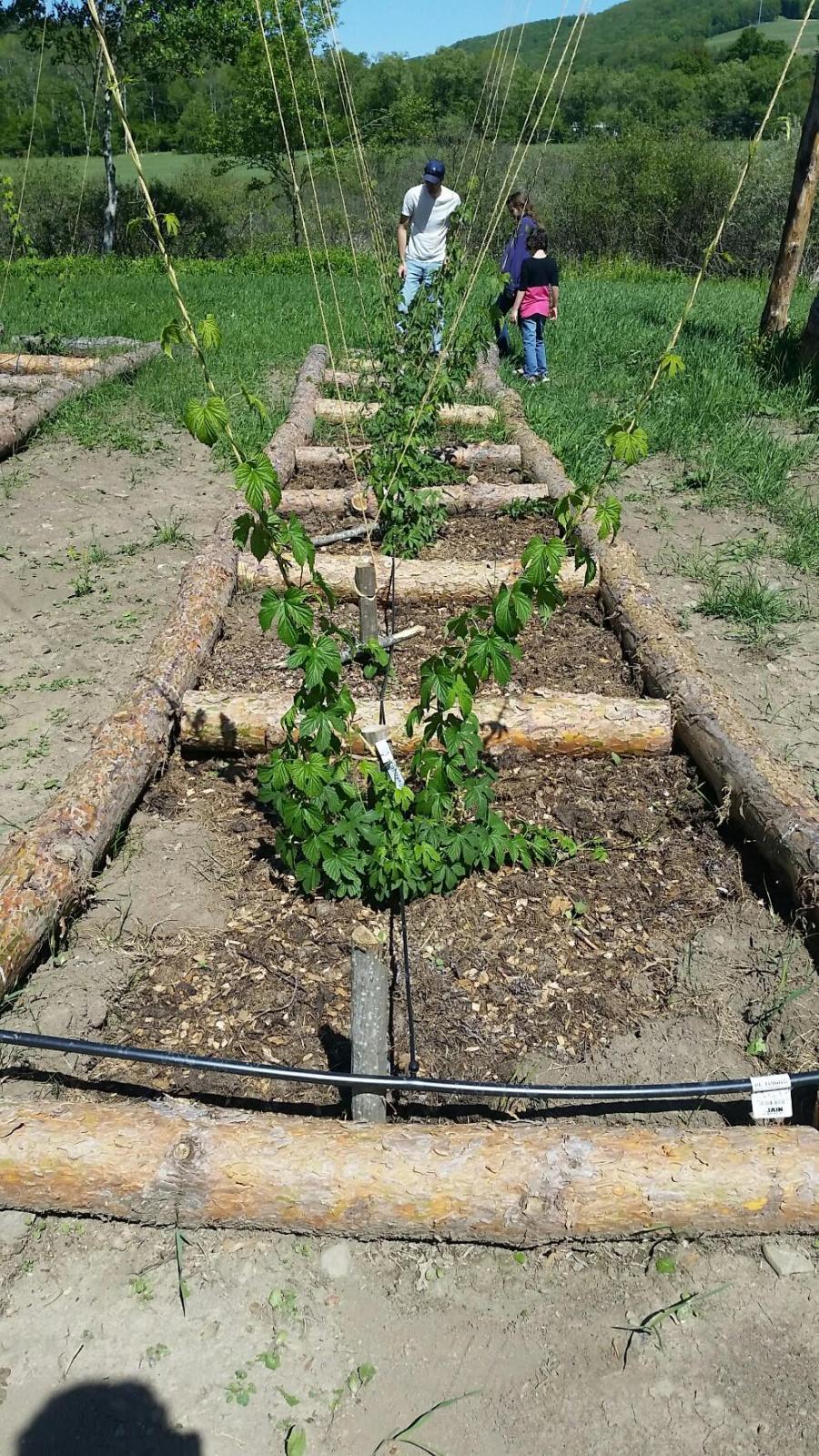






![Craft A Brew - Safale S-04 Dry Yeast - Fermentis - English Ale Dry Yeast - For English and American Ales and Hard Apple Ciders - Ingredients for Home Brewing - Beer Making Supplies - [1 Pack]](https://m.media-amazon.com/images/I/41fVGNh6JfL._SL500_.jpg)





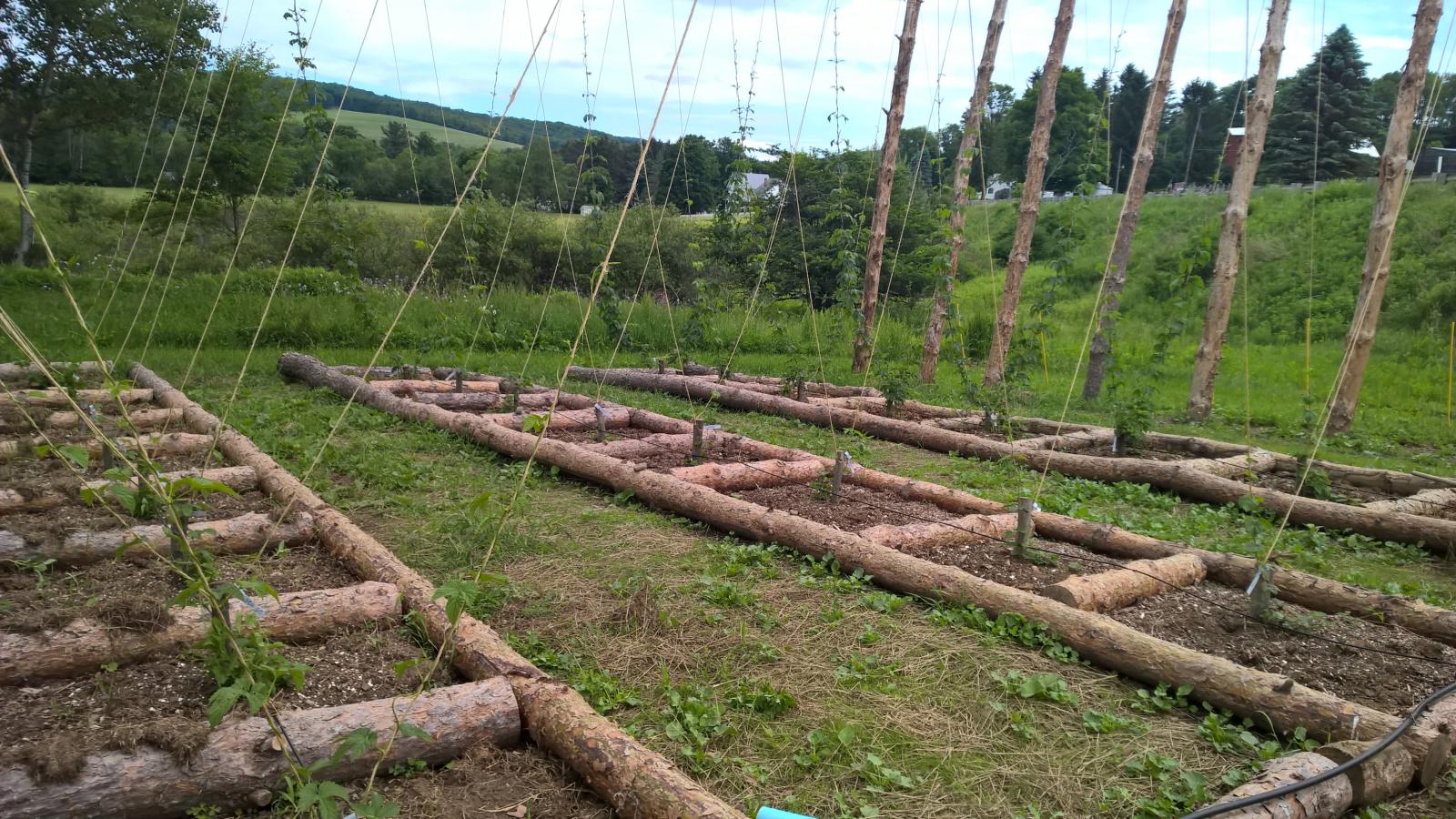
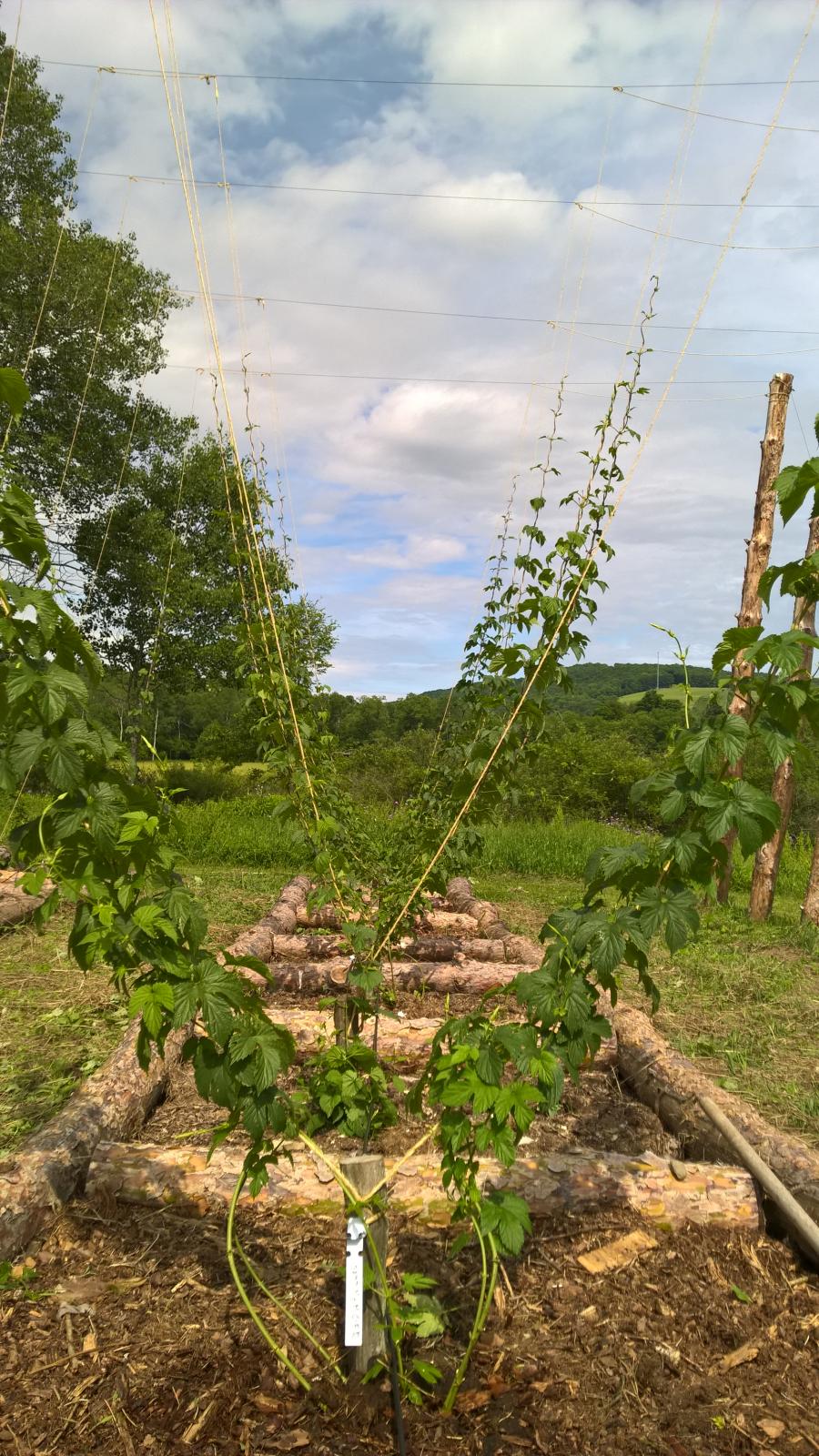

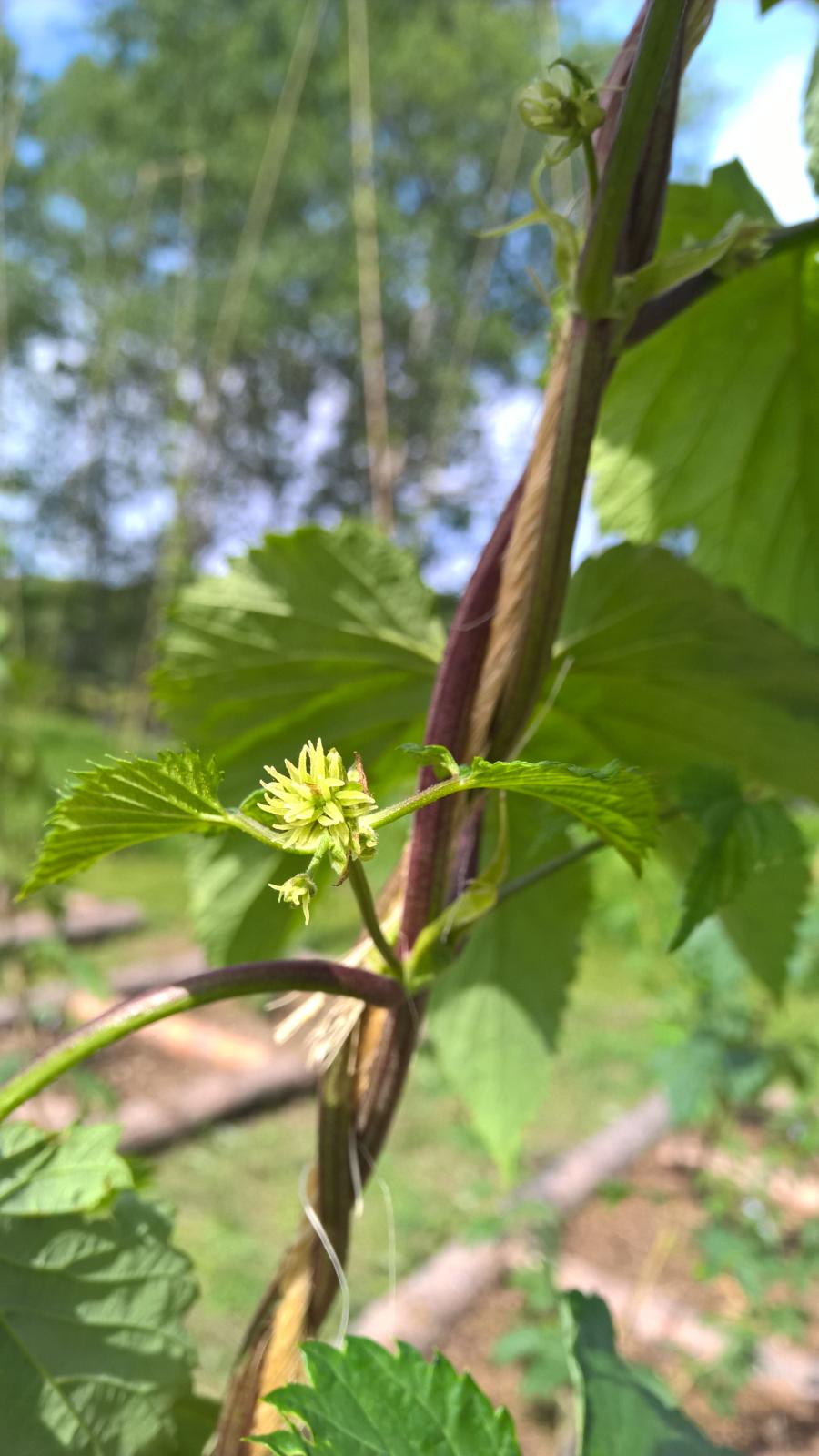
It appears the cold and wet weather isn't doing us any favors. The second year plants seem to now be getting hit hard with signs of a virus. I'm no expert but it appears to be mosaic virus. One tettnanger plant is overcome with spotty chlorotic/yellowing leaves. Starting to worry that it will spread. I'm not sure if we should cut it early and either leave the infected boxes go for a year and burn the ground. Any advice here is more than welcome.


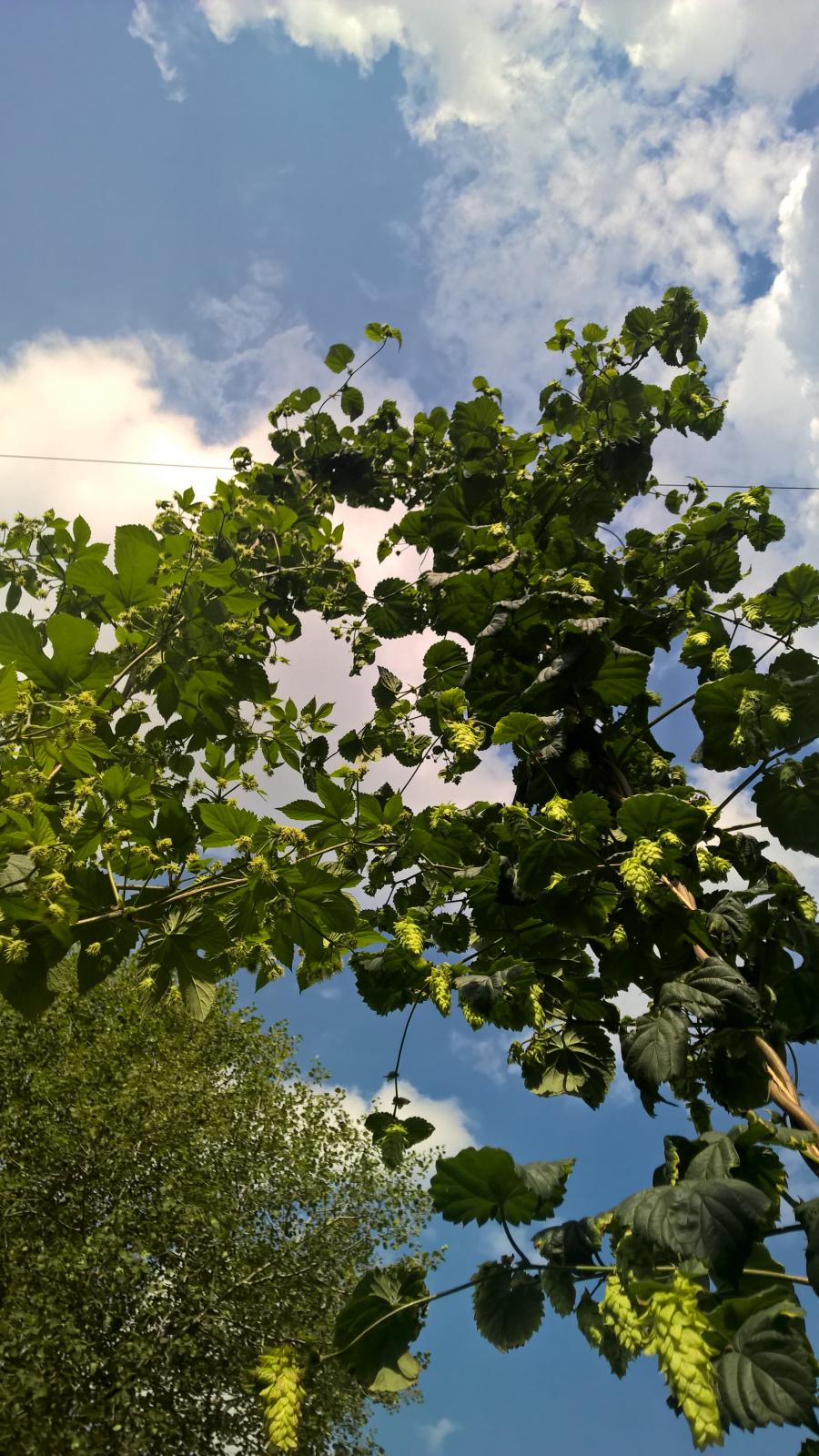
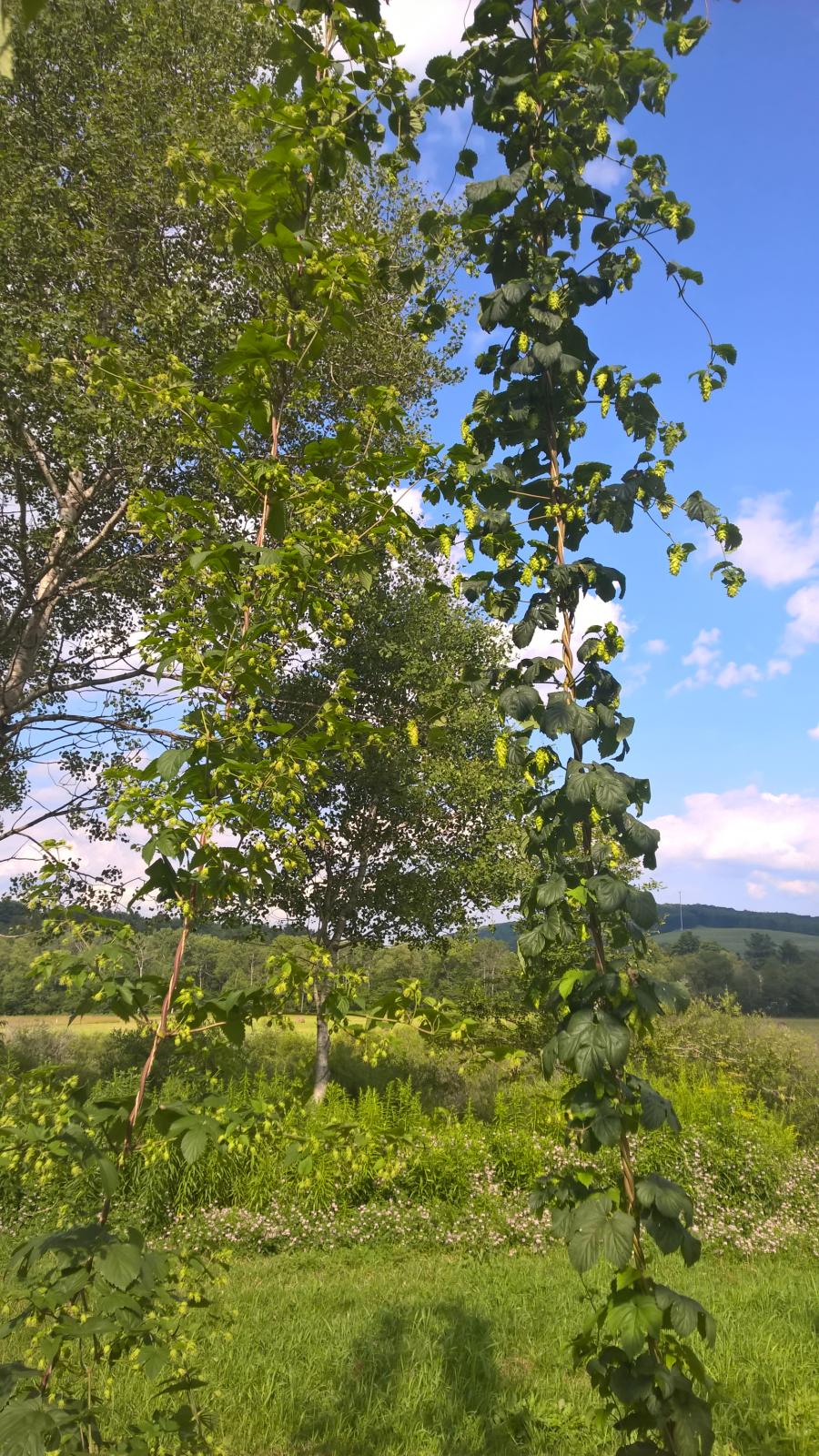

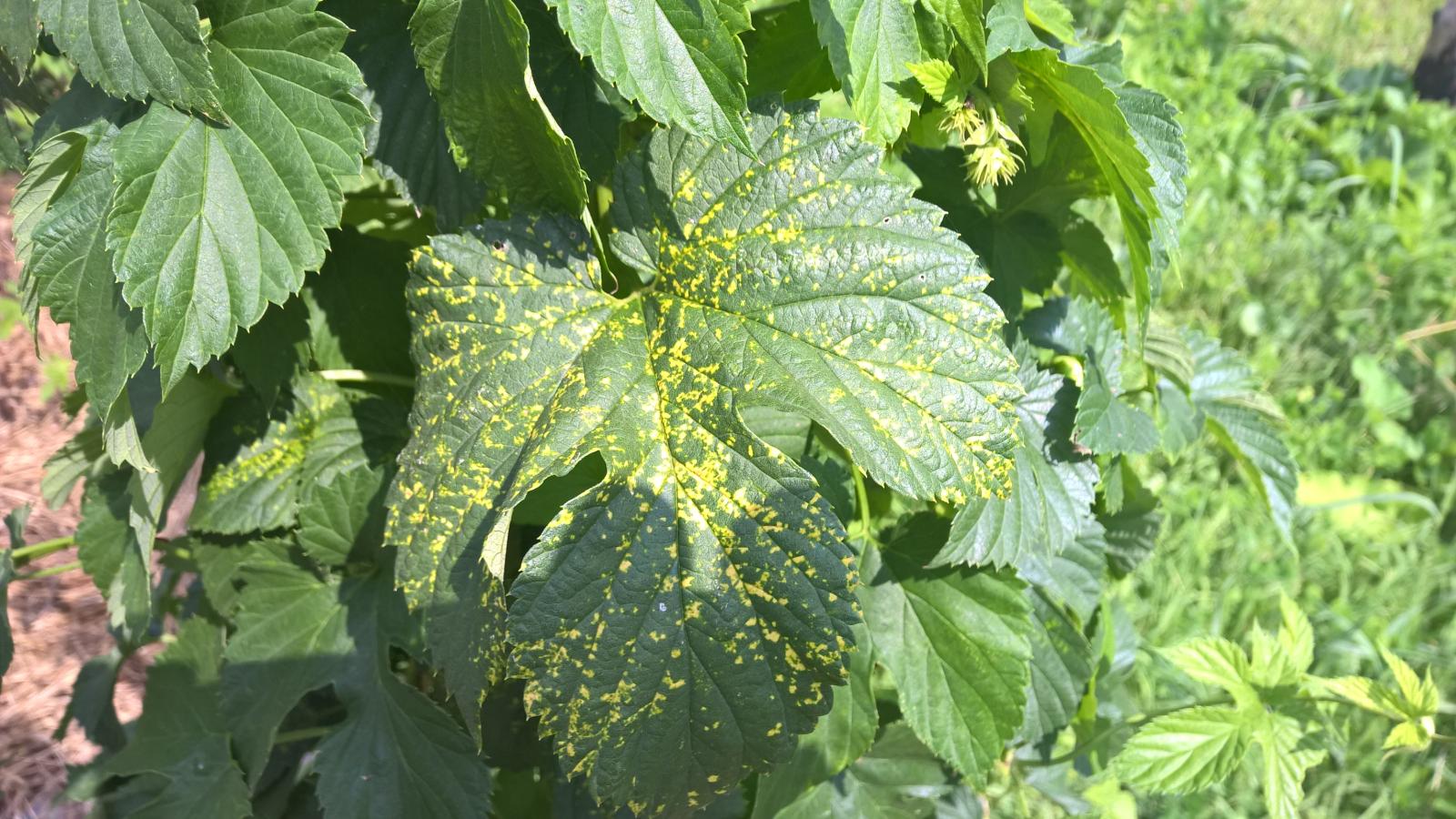


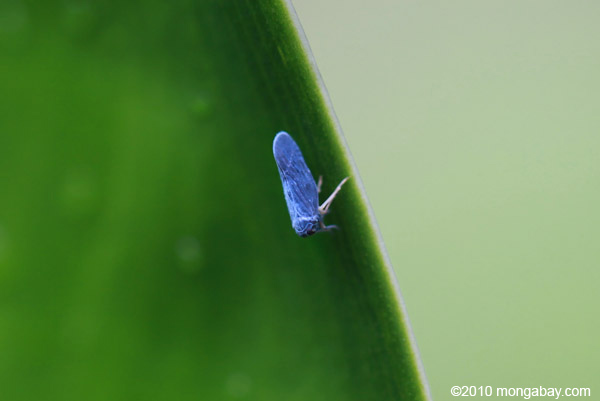

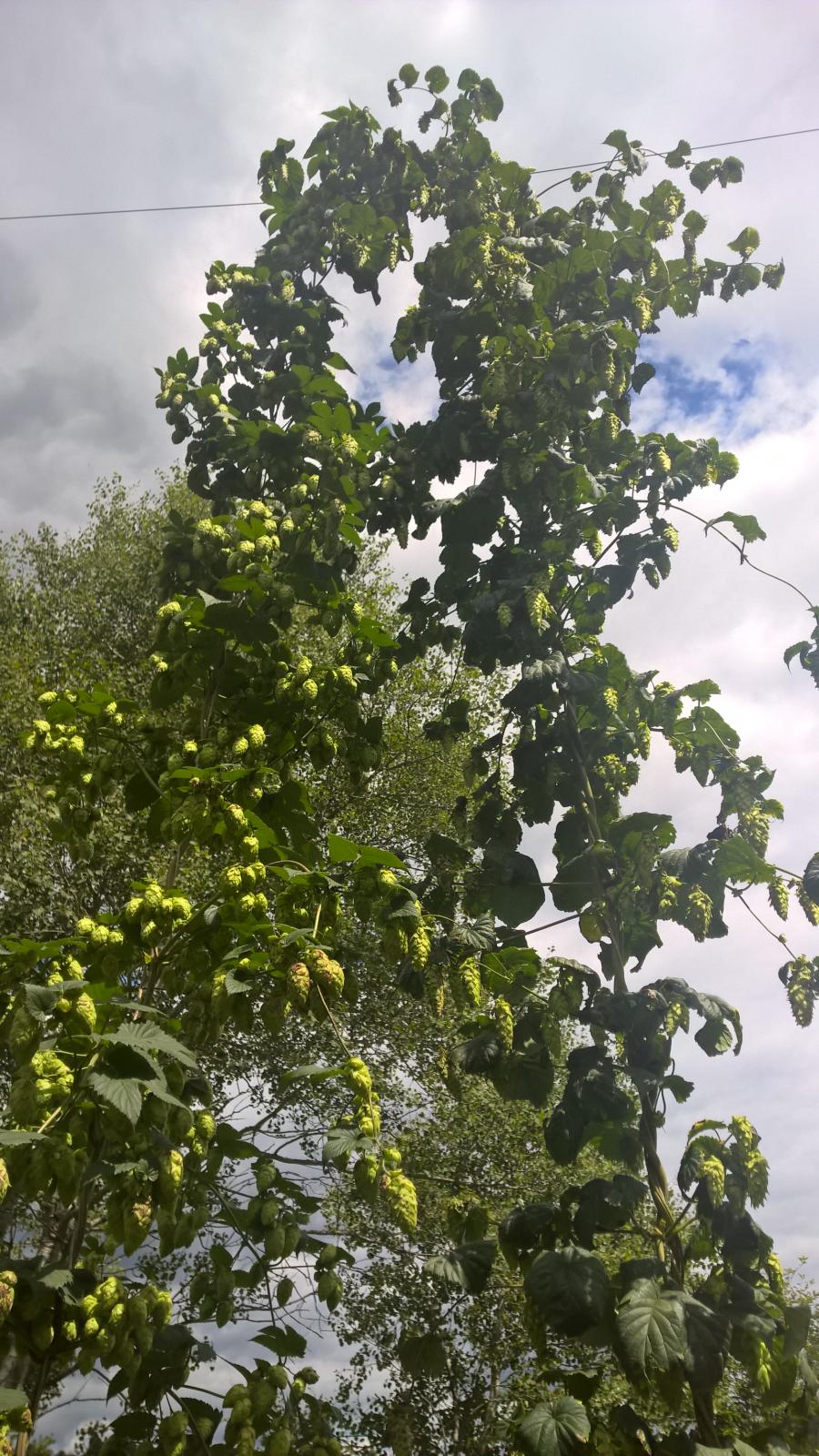


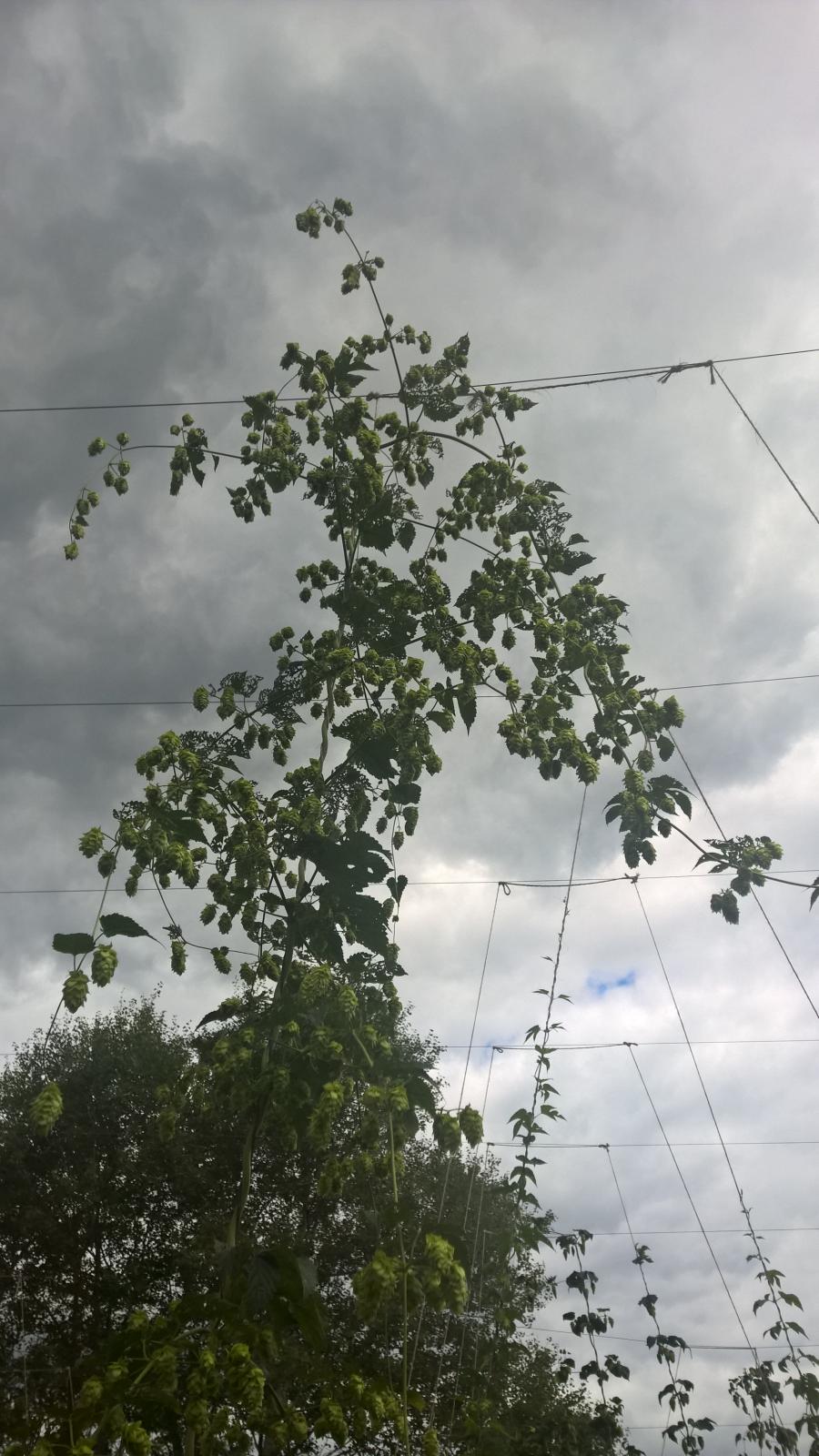

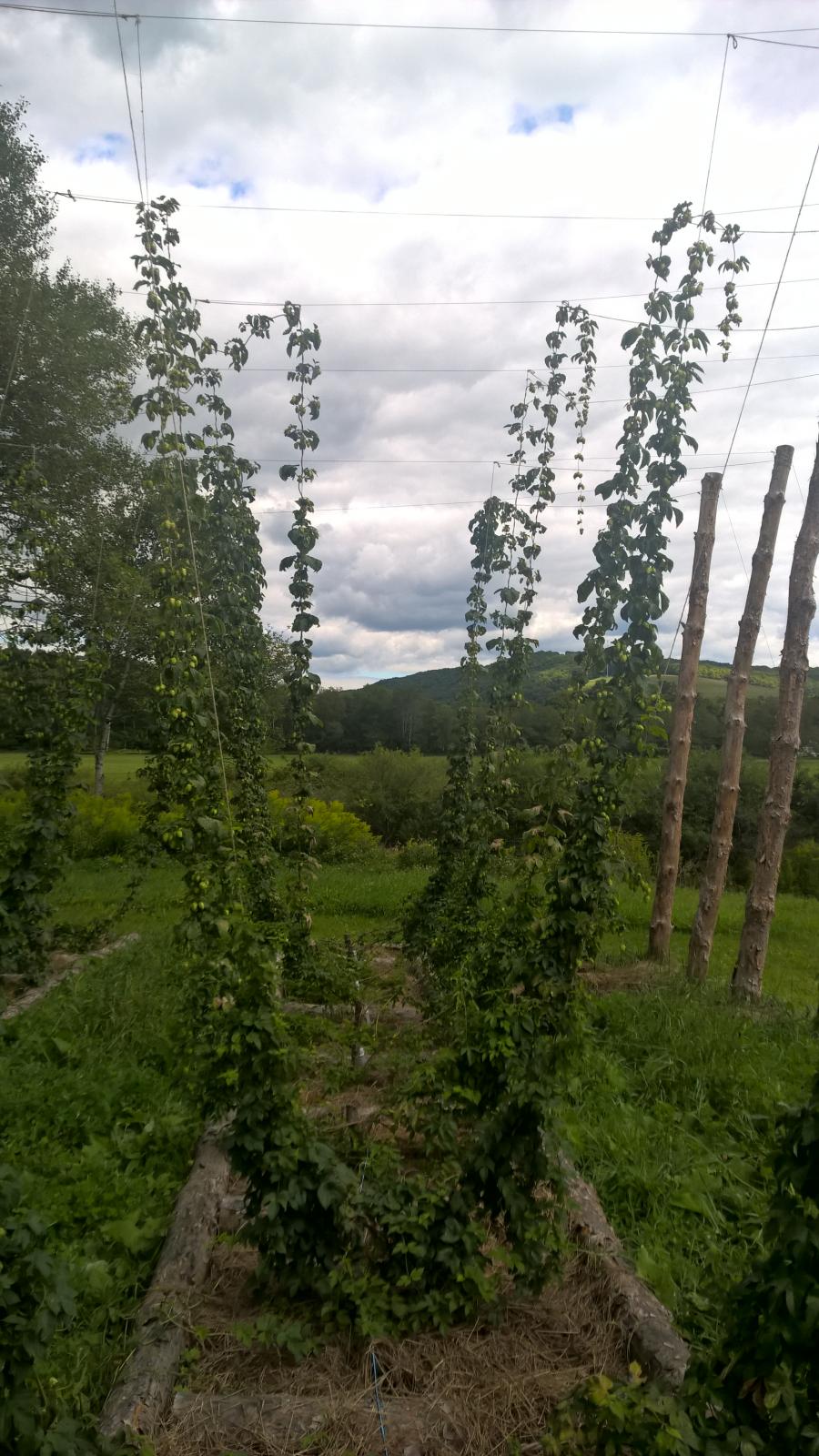
That my friend, is virus. Hop mosaic virus. It is transmitted mechanically (cultivation, pruning, etc.) and by some aphid species. I wouldn't doubt the potential of leafhoppers to transmit it either.